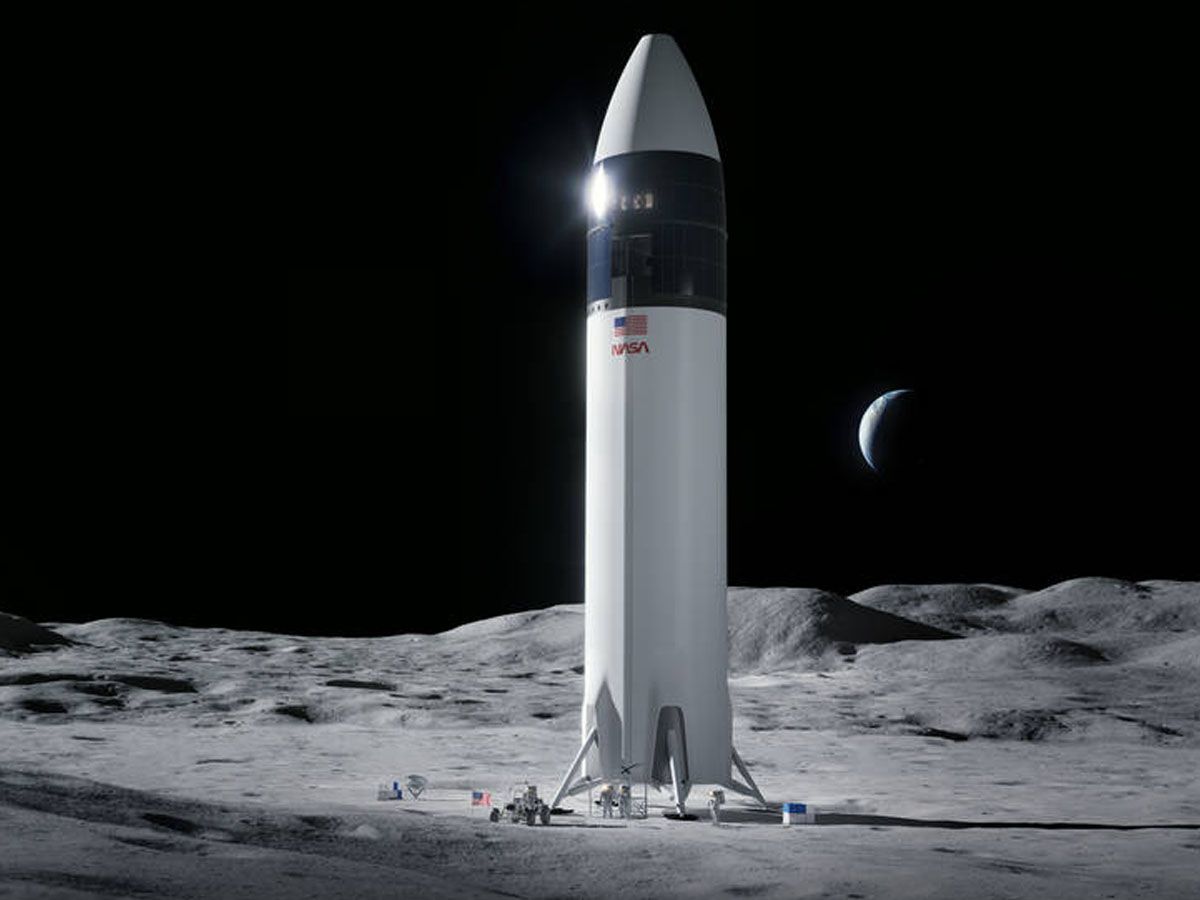SpaceX, the aerospace company founded by Elon Musk, is gearing up for its next launch of the Starship rocket. After a setback during the first flight, SpaceX has made significant changes and improvements to the Starship's design.
With over 1,000 modifications implemented since the failed launch, the company is confident in the lessons learned and advancements made.
But what are these changes, and how will they impact the upcoming launch? How does the concept of "hot staging" come into play?
Over 1,000 Changes to Starship & Hot Staging
SpaceX has been hard at work, implementing over 1,000 changes to the Starship rocket's design since its initial liftoff on April 20. One of the most significant adjustments focuses on the stage-separation process.
A critical change that SpaceX has introduced is the concept of "hot staging." Hot staging involves igniting the second-stage engines while some first-stage engines are still firing.
This approach eliminates the temporary loss of thrust during the separation sequence, enhancing the rocket's performance. It is worth noting that hot staging is not a novel concept; Russian rockets have employed this technique for decades.
Starship hot-staging
— TheSpaceEngineer (@mcrs987) June 25, 2023
(yes im working on a thread on this, will be out sometime tomorrow) pic.twitter.com/EcSCJwxk1D
The implementation of hot staging requires careful consideration of variables and adjustments. SpaceX has had to modify the rocket's design to accommodate this new approach, including the addition of an extension to direct the upper stage's exhaust away from the booster.
While hot staging presents certain challenges, the potential benefits in terms of increased payload capacity by approximately 10% make it a valuable strategy for the Starship's future missions.
Repairing and Protecting the Launch Mount
During the April 20 launch of the Starship, damage occurred to the orbital launch mount at the Starbase. SpaceX has since taken immediate action to repair the mount and implement measures to safeguard against future damage.
To restore the launch mount's integrity, SpaceX has undertaken several steps. The first involves pouring reinforced high-strength concrete at the mount, reinforcing its structure to withstand the immense forces generated during launch.
SpaceX has made a lot of progress preparing the area around the OLM for the new transpirationally cooled steel plates that will replace the surface below the OLM. I have been observing the changes over the past few weeks and this thread will detail my speculations. 1/n pic.twitter.com/eQYDNiGK8X
— Ryan Hansen Space (@RyanHansenSpace) June 18, 2023
An innovative solution has also been implemented: installing a water-spouting steel plate. This steel plate is designed to counteract the heat generated by the 33 Raptor engines in the first stage (Super Heavy).
Upgrades to Raptor Engines
The changes in the design of the new Raptors encompass various aspects. One area of focus has been the improvement of the hot gas manifold's design, which plays a crucial role in engine performance. Additionally, higher torque has been applied to the manifold bolts to enhance stability and reliability.
Moreover, SpaceX has addressed ignition and fuel leaking issues that were encountered in the previous flight. By refining the engine design and implementing necessary modifications, they aim to ensure efficient ignition and prevent fuel leakage during the upcoming launch.
Successful Static Fire Test
In the latest milestone for SpaceX's Starship program, the Starship prototype known as Ship 25 underwent a successful static fire test. During this test, the prototype's six Raptor engines were ignited for a brief duration, lasting approximately five seconds. The static fire test took place on June 26, 2023, at SpaceX's Starbase facility in Boca Chica, Texas.
Ship 25 completes a six-engine static fire test at Starbase in Texas pic.twitter.com/wCCrh0RRNA
— SpaceX (@SpaceX) June 27, 2023
The results of the static fire test were promising, with the images showcasing the immense power generated by Starship's engines. The test demonstrated the successful ignition and operation of the engines, indicating a positive step forward in the development of the Starship rocket.
Next Liftoff and Launch Aims
SpaceX is preparing for the next liftoff of the Starship rocket with similar goals to the previous launch. The company aims to send the Starship's upper stage partway around Earth, with a splashdown near Hawaii.
To achieve this, SpaceX is working diligently to ensure the readiness of both the launch pad and the Starship vehicle prototypes. The pad and the next Starship vehicles, known as Booster 9 and Ship 25 prototypes, are expected to be ready for the upcoming launch in approximately six weeks.
Environmental Concerns and Lawsuit
While SpaceX focuses on improving the Starship's performance, there are ongoing concerns raised by environmental groups. These groups have filed a lawsuit against the Federal Aviation Administration (FAA) over the assessment of the damage caused by Starship launches to the environment and the surrounding community in South Texas.
The lawsuit aims to address potential environmental impacts and ensure thorough evaluations are conducted. It highlights the importance of considering the ecological consequences of space exploration endeavors and finding a balance between technological advancements and environmental protection.
Starship's Role in NASA's Artemis Program
In the upcoming Artemis 3 mission, Starship is slated to have a significant role. The mission involves launching four astronauts aboard an Orion spacecraft and rendezvousing with Starship in lunar orbit. Starship will then transport the astronauts from orbit to the lunar surface, facilitating human exploration and scientific research on the Moon.

However, there is a potential delay in the timeline for Artemis 3. Recent assessments suggest that the mission may be postponed until 2026, due to various contributing factors. This delay underscores the complexities and challenges involved in executing such ambitious space exploration endeavors.
Despite the potential delay, Starship's role in the Artemis program remains critical. It offers the promise of affordable and efficient transportation to and from the Moon, enabling expanded exploration and laying the foundation for future crewed missions to other destinations within the solar system.
Sources: @ashleevance












